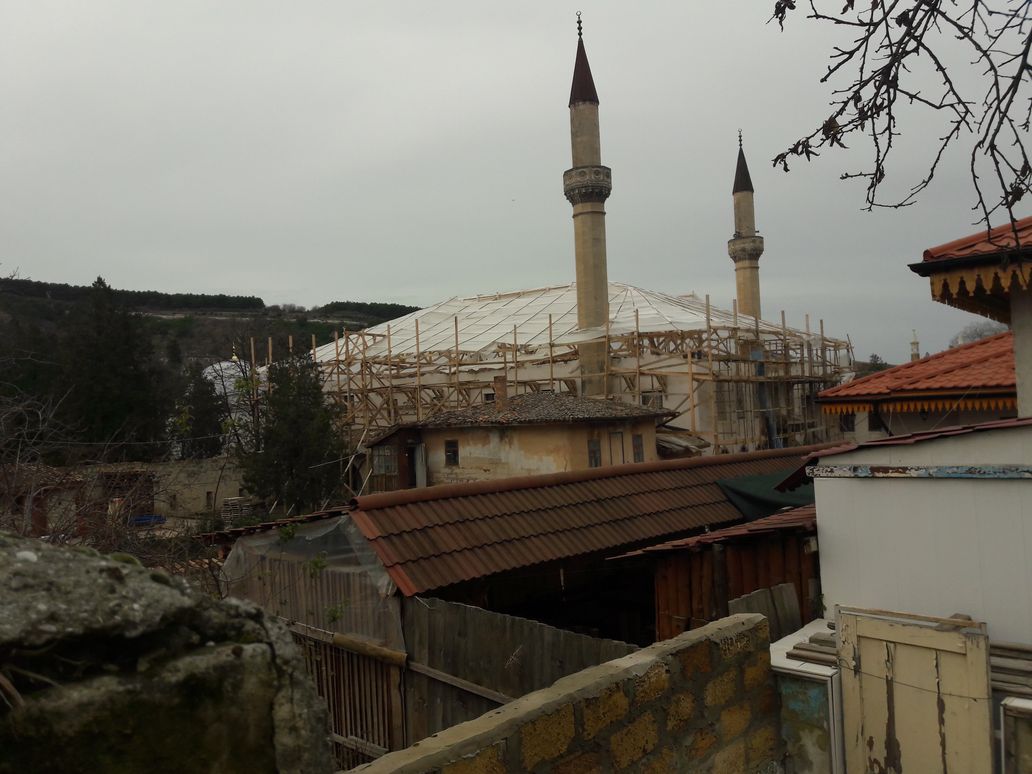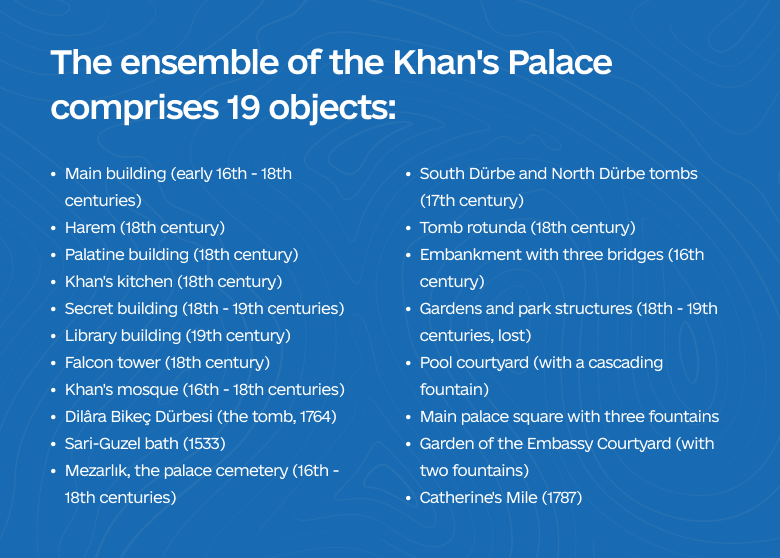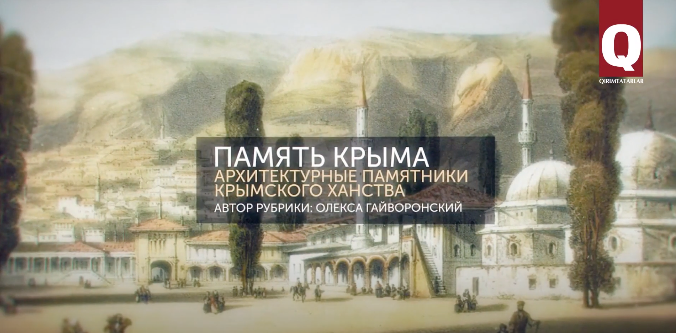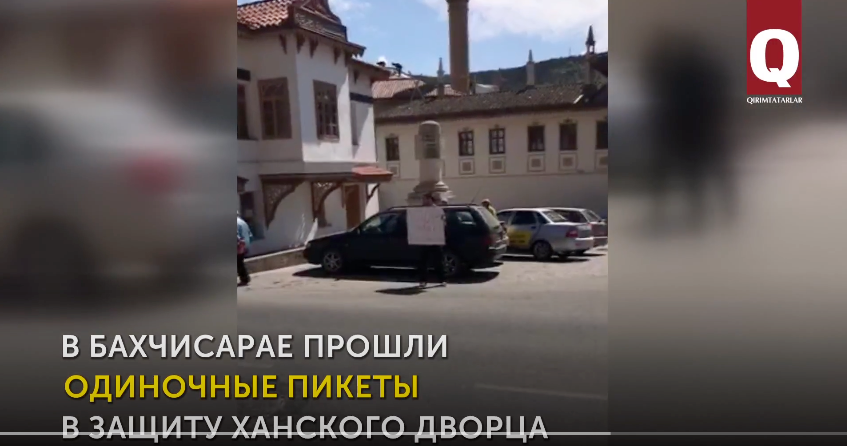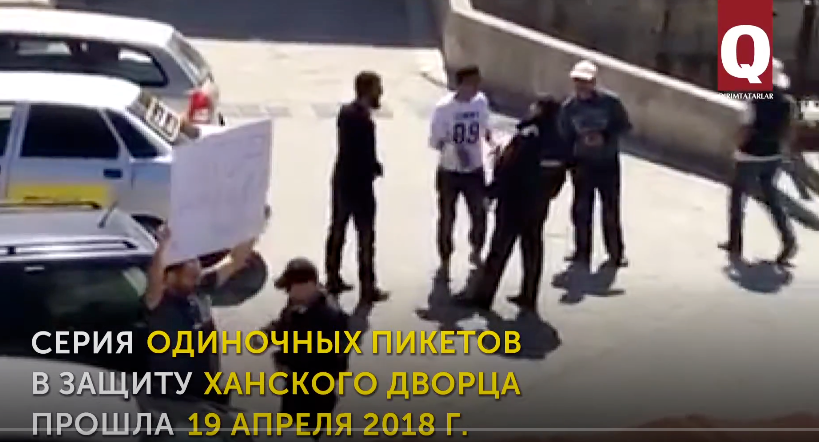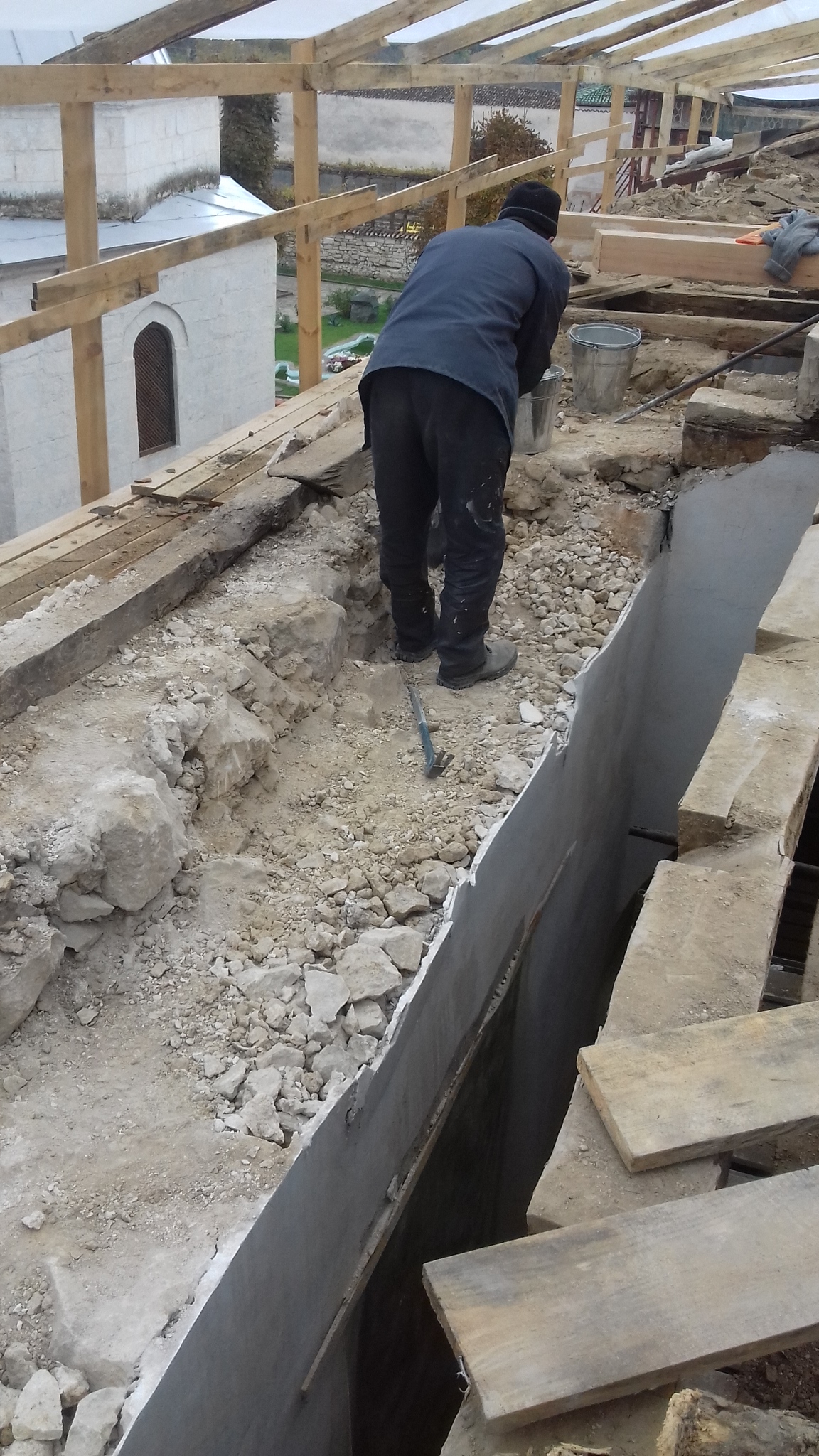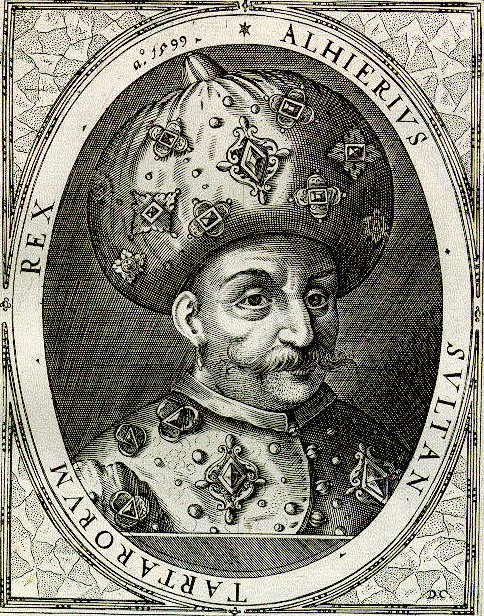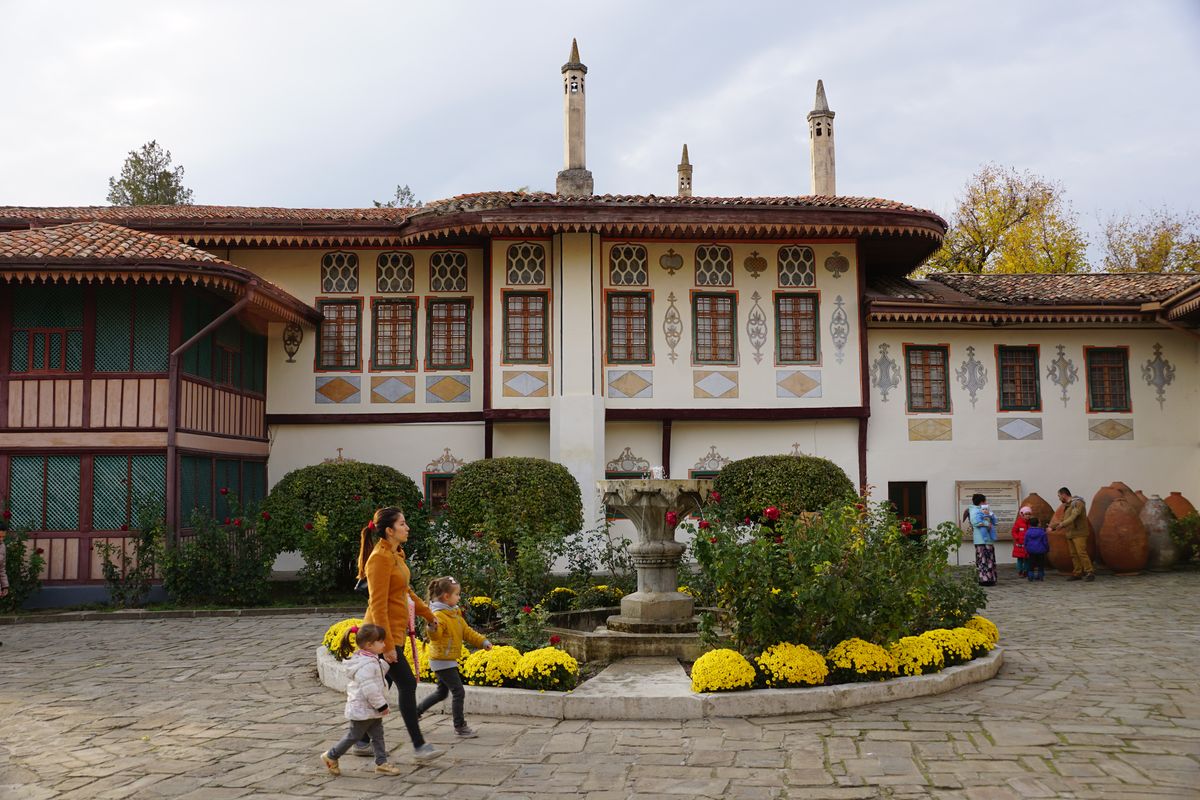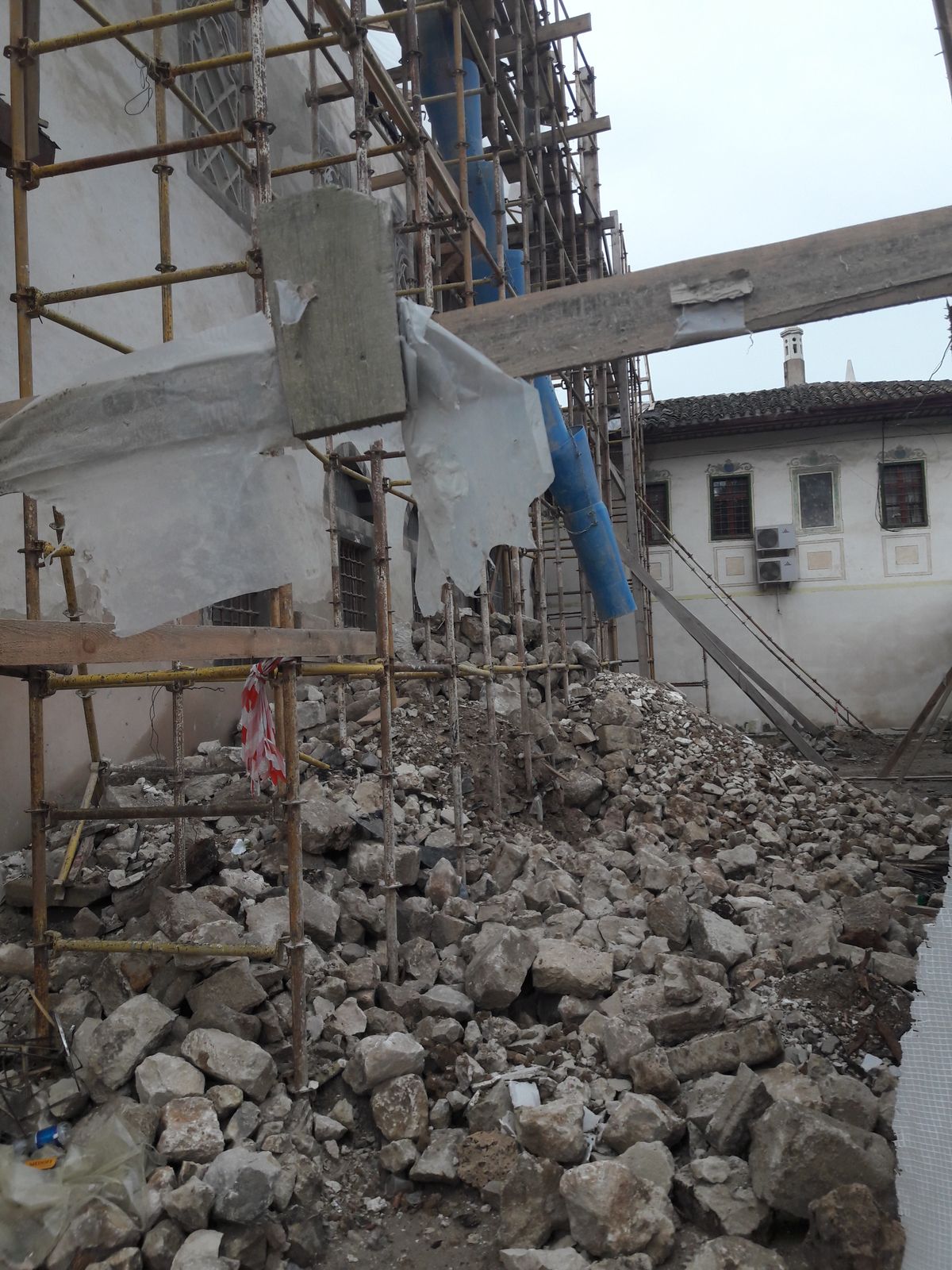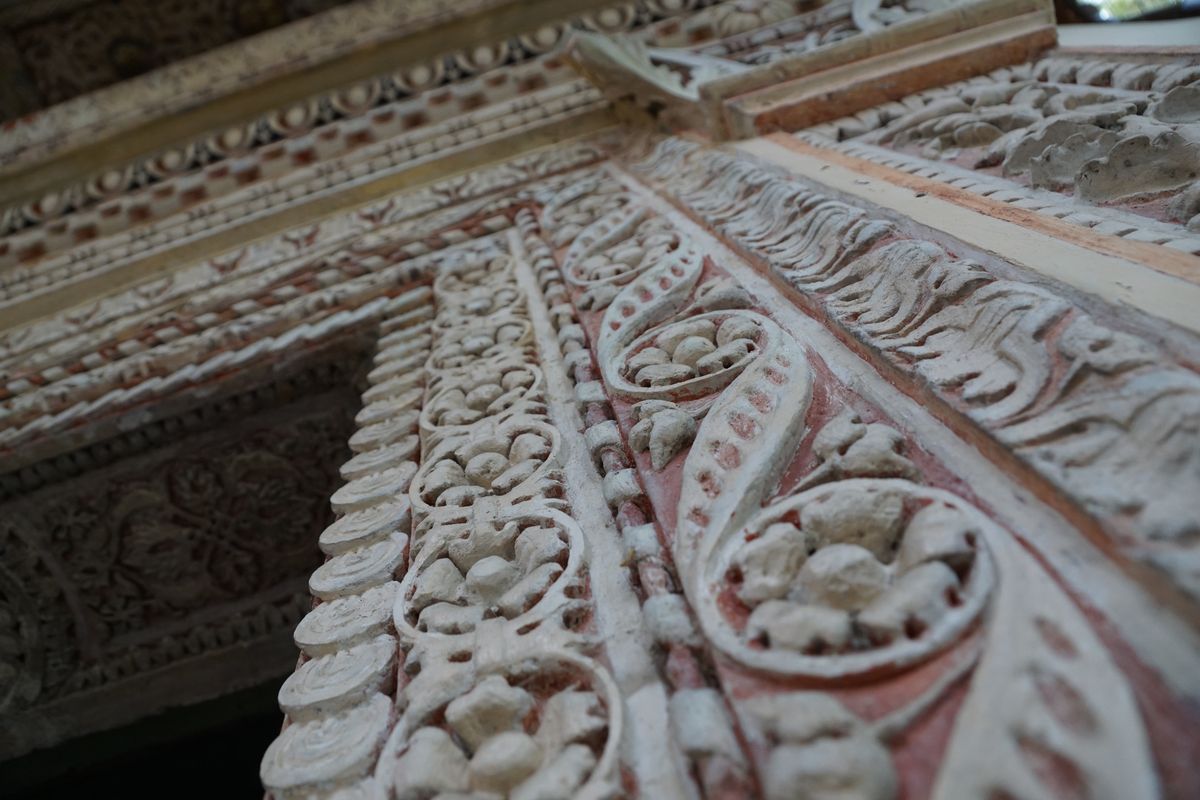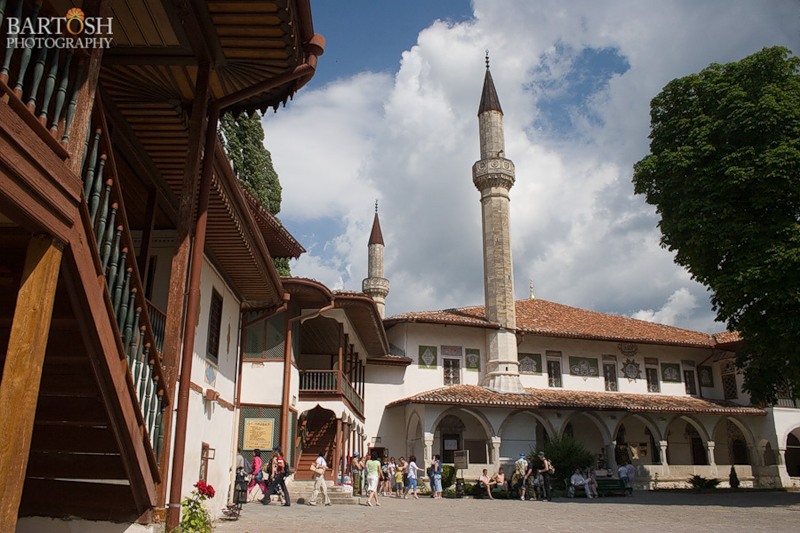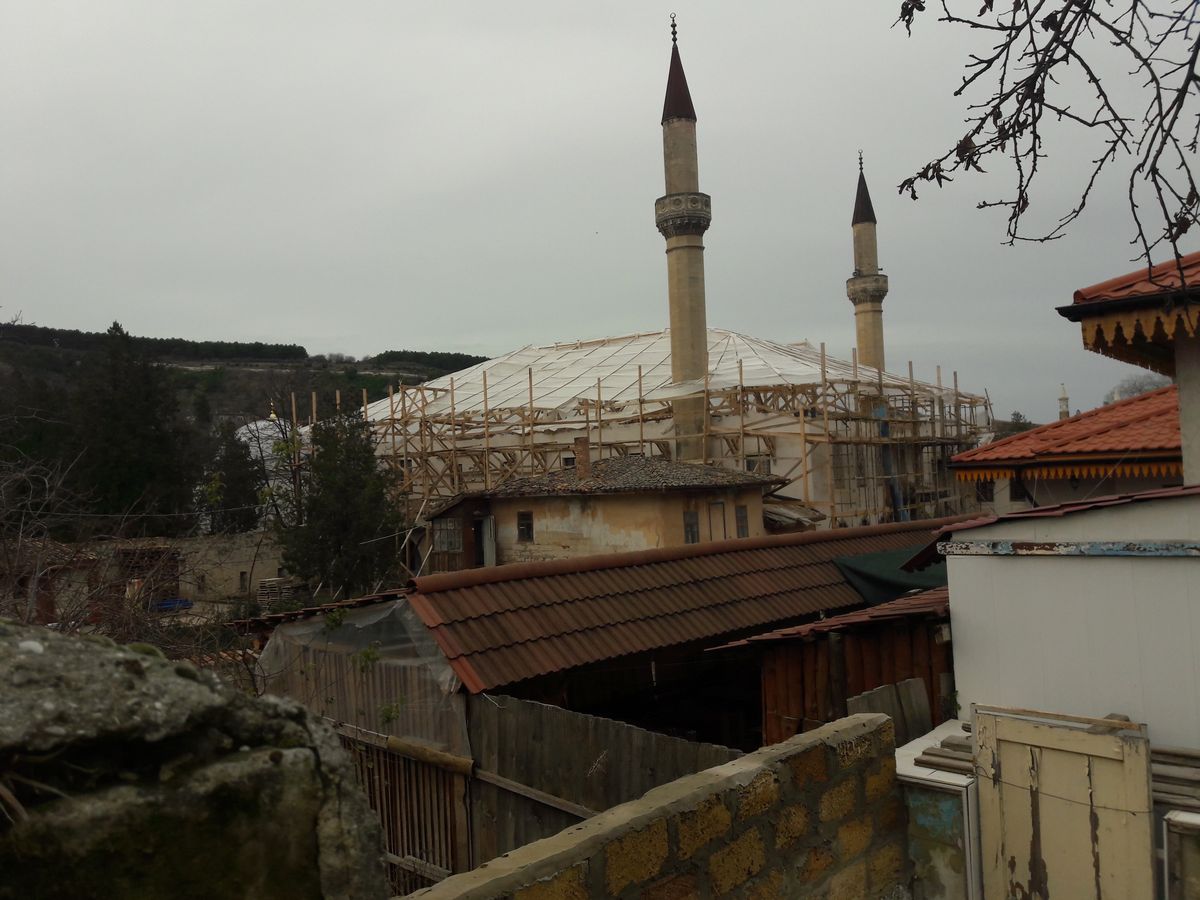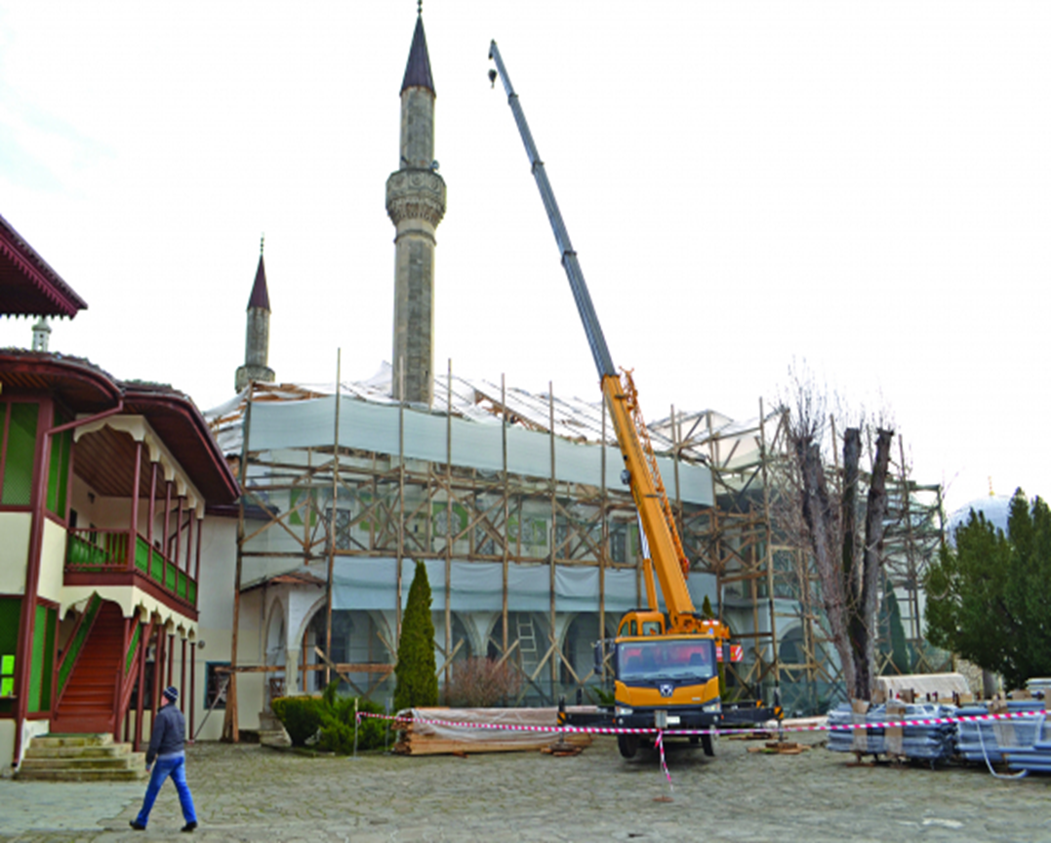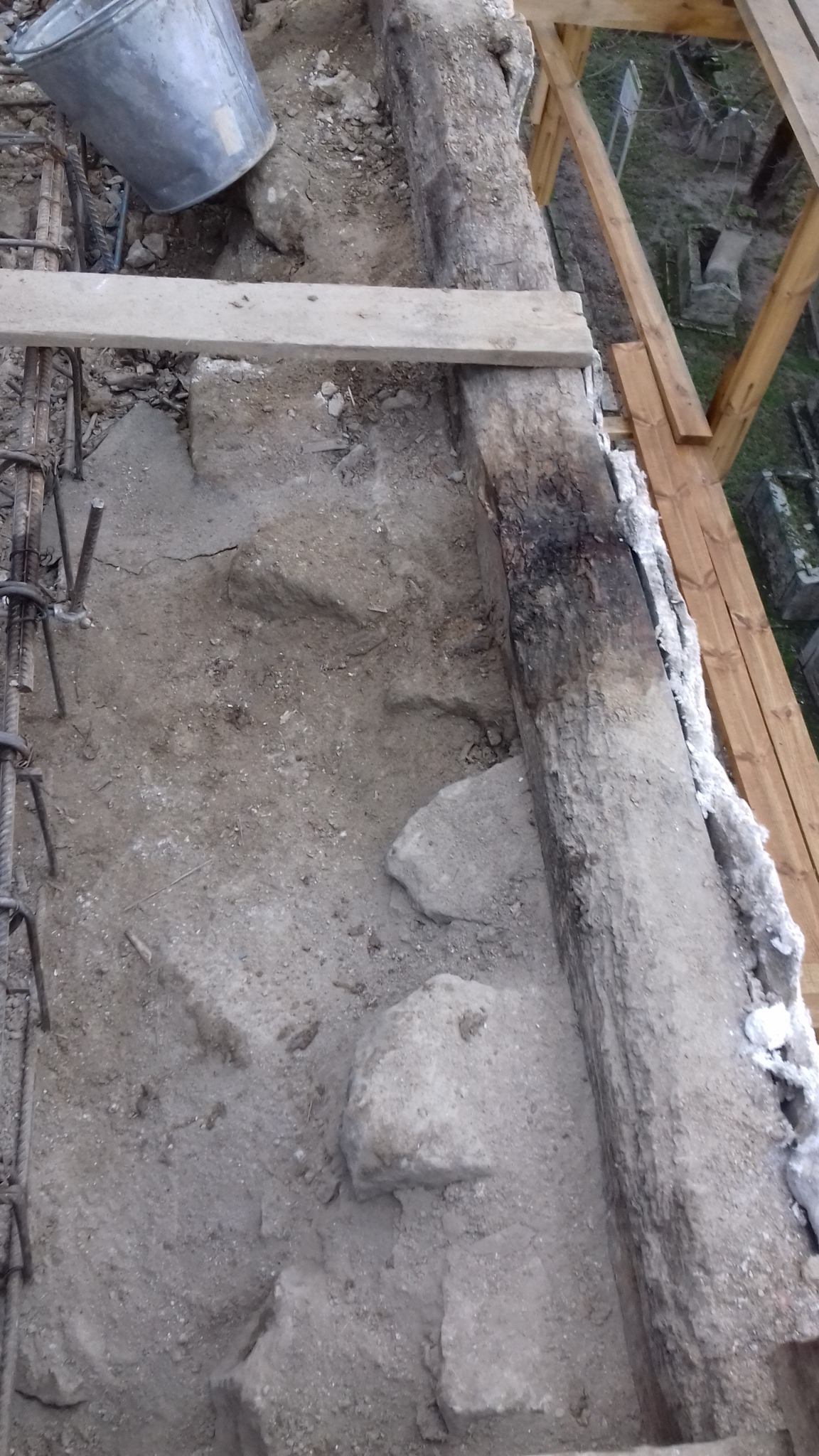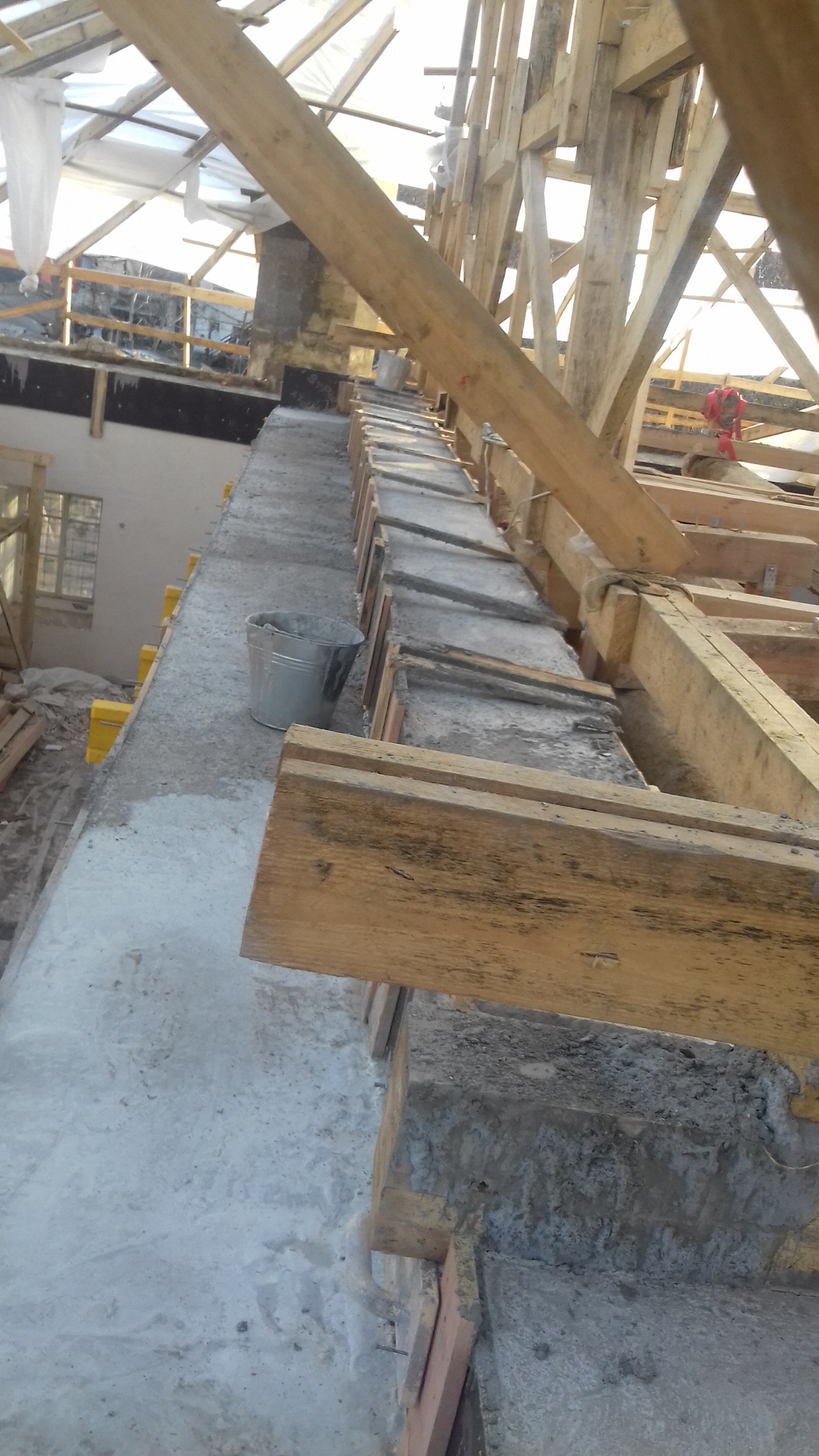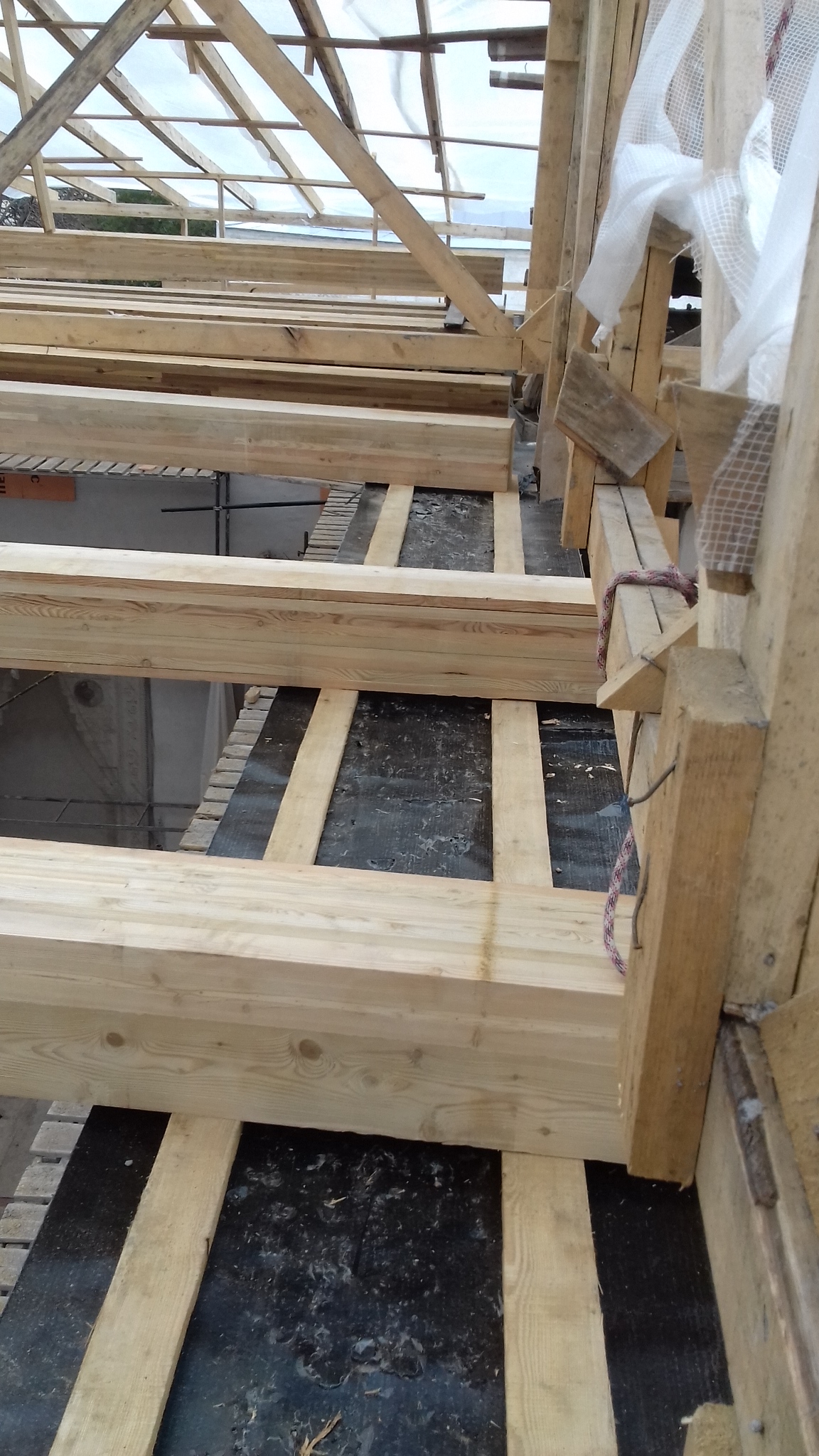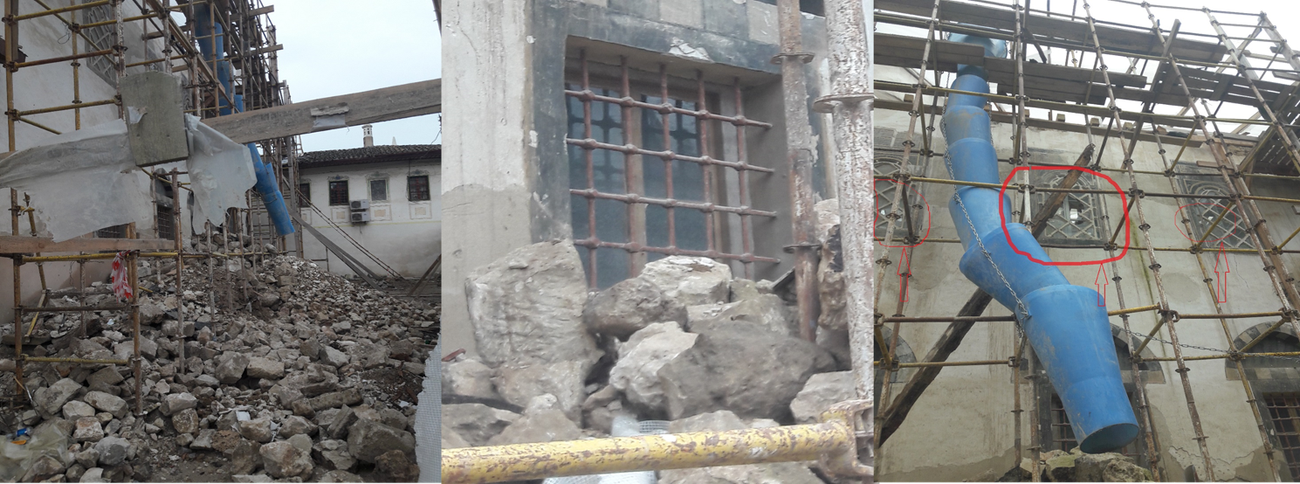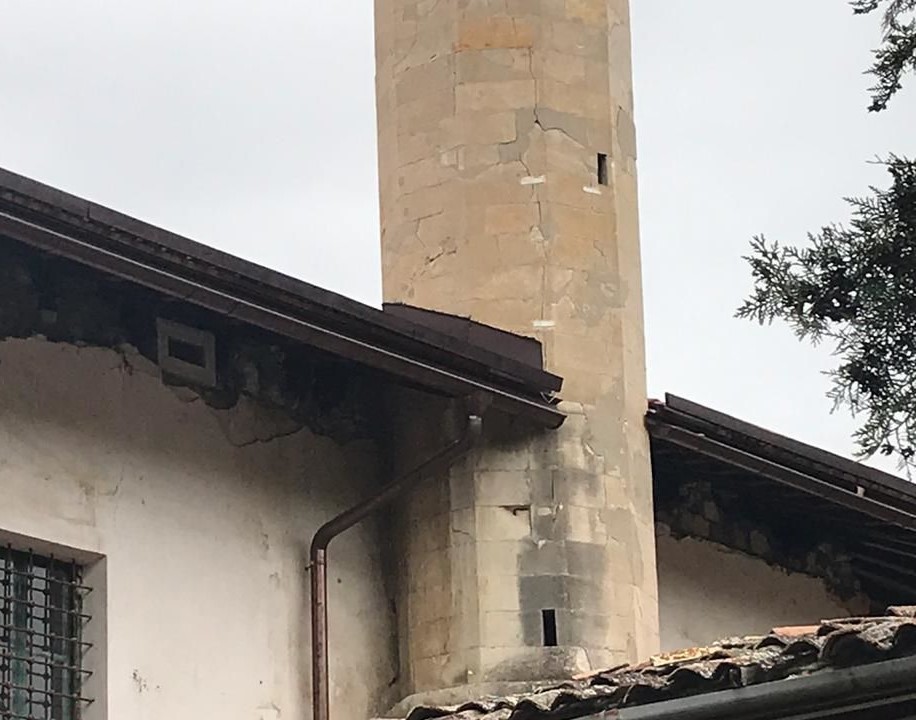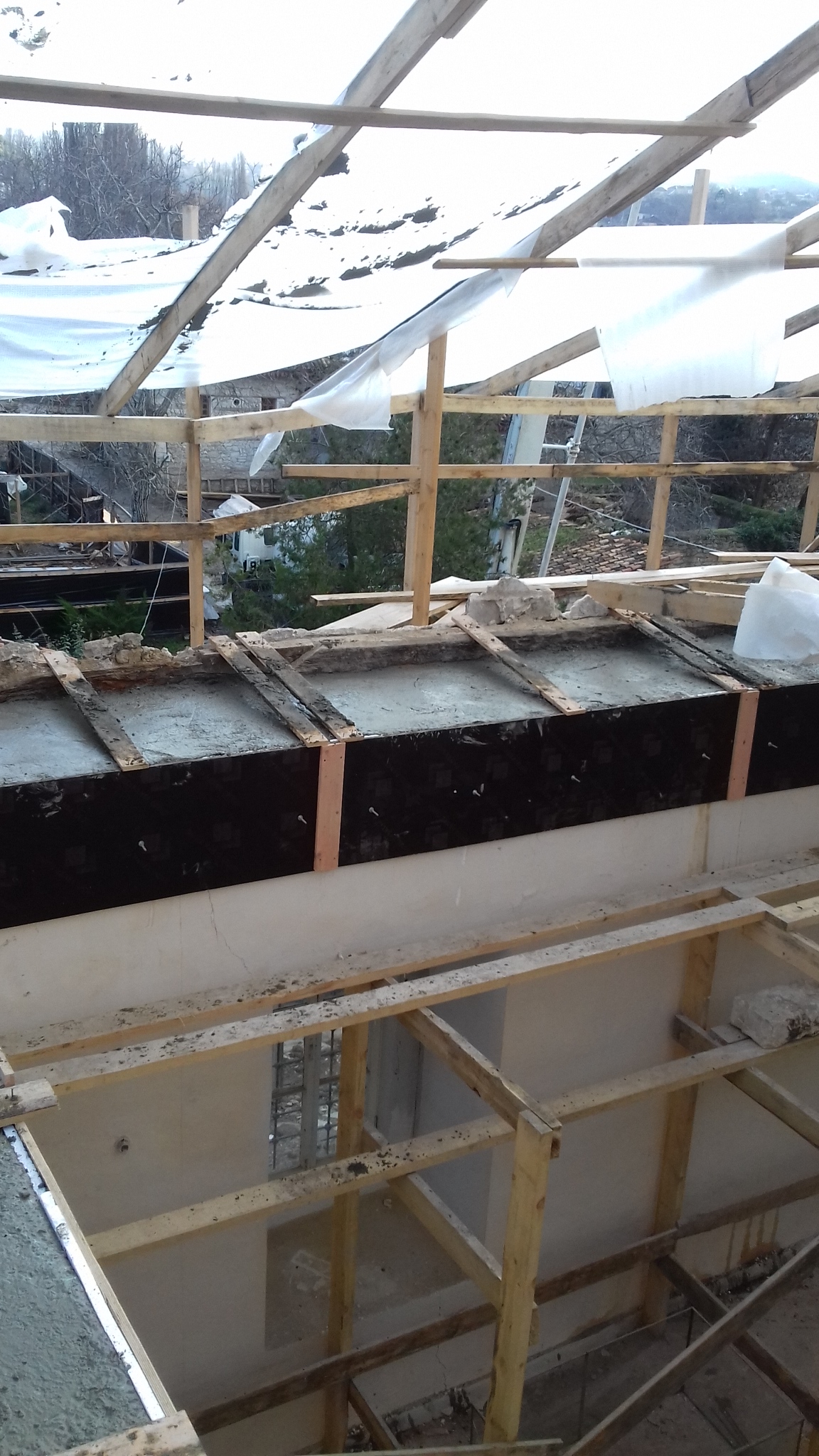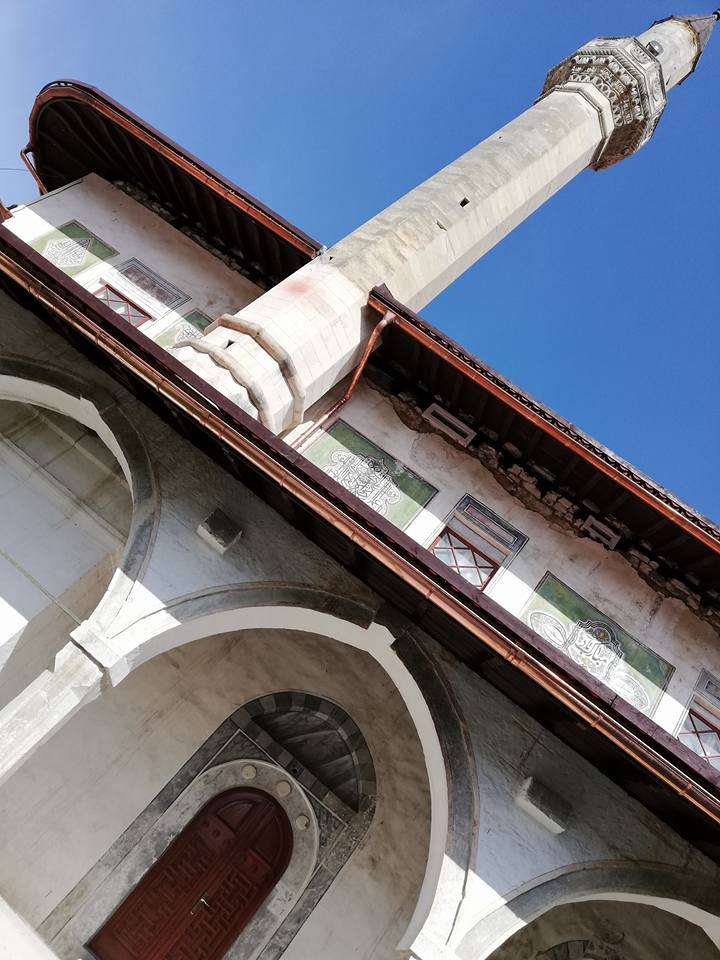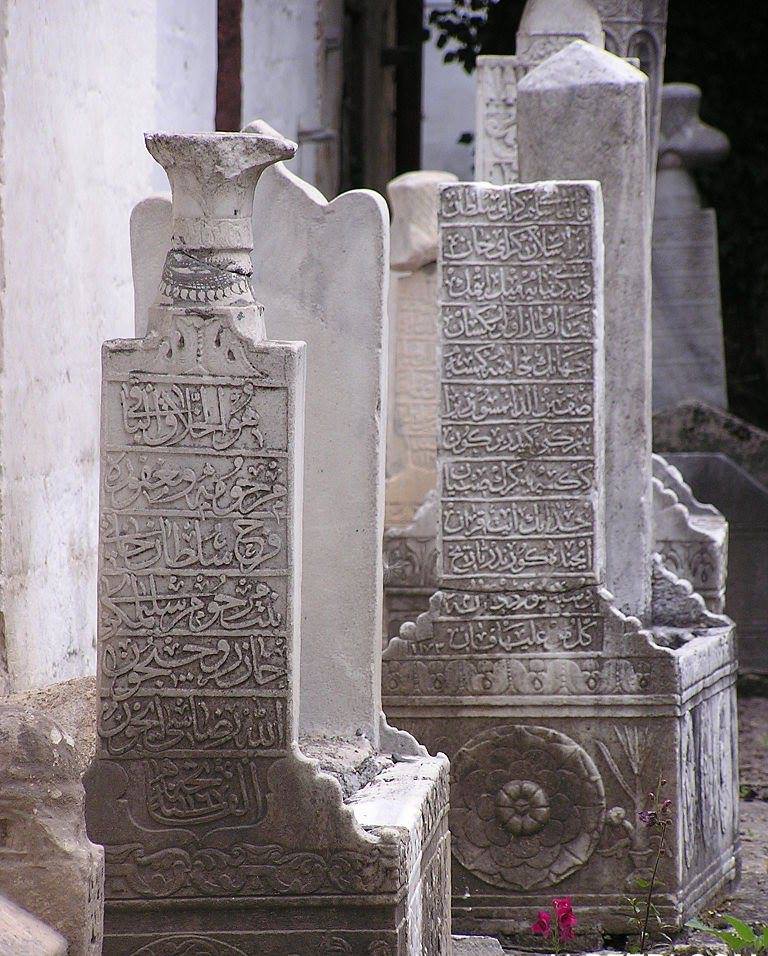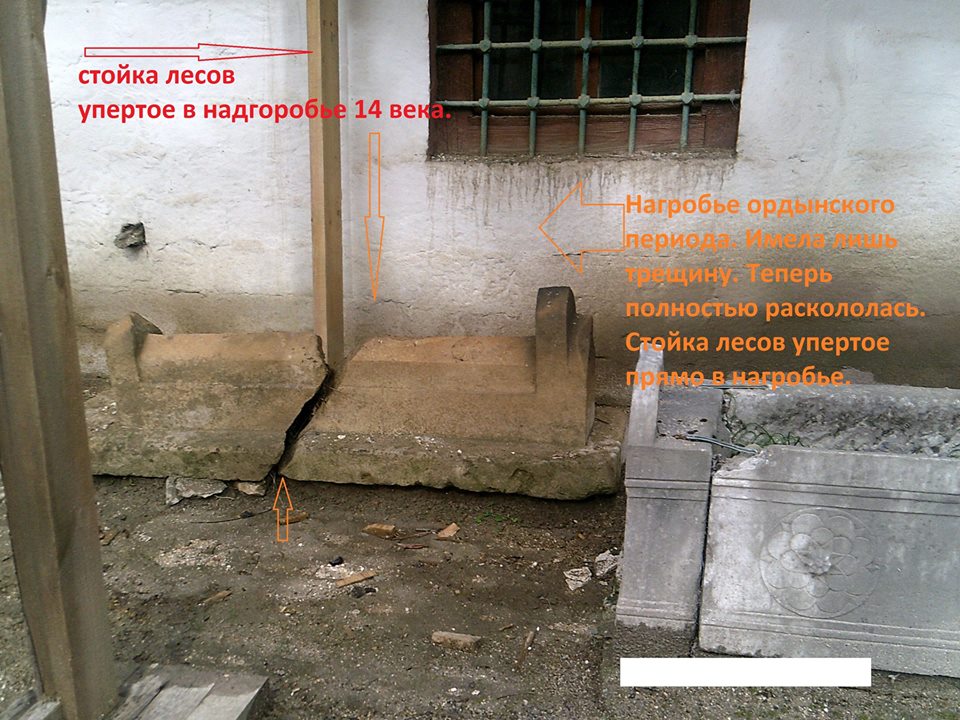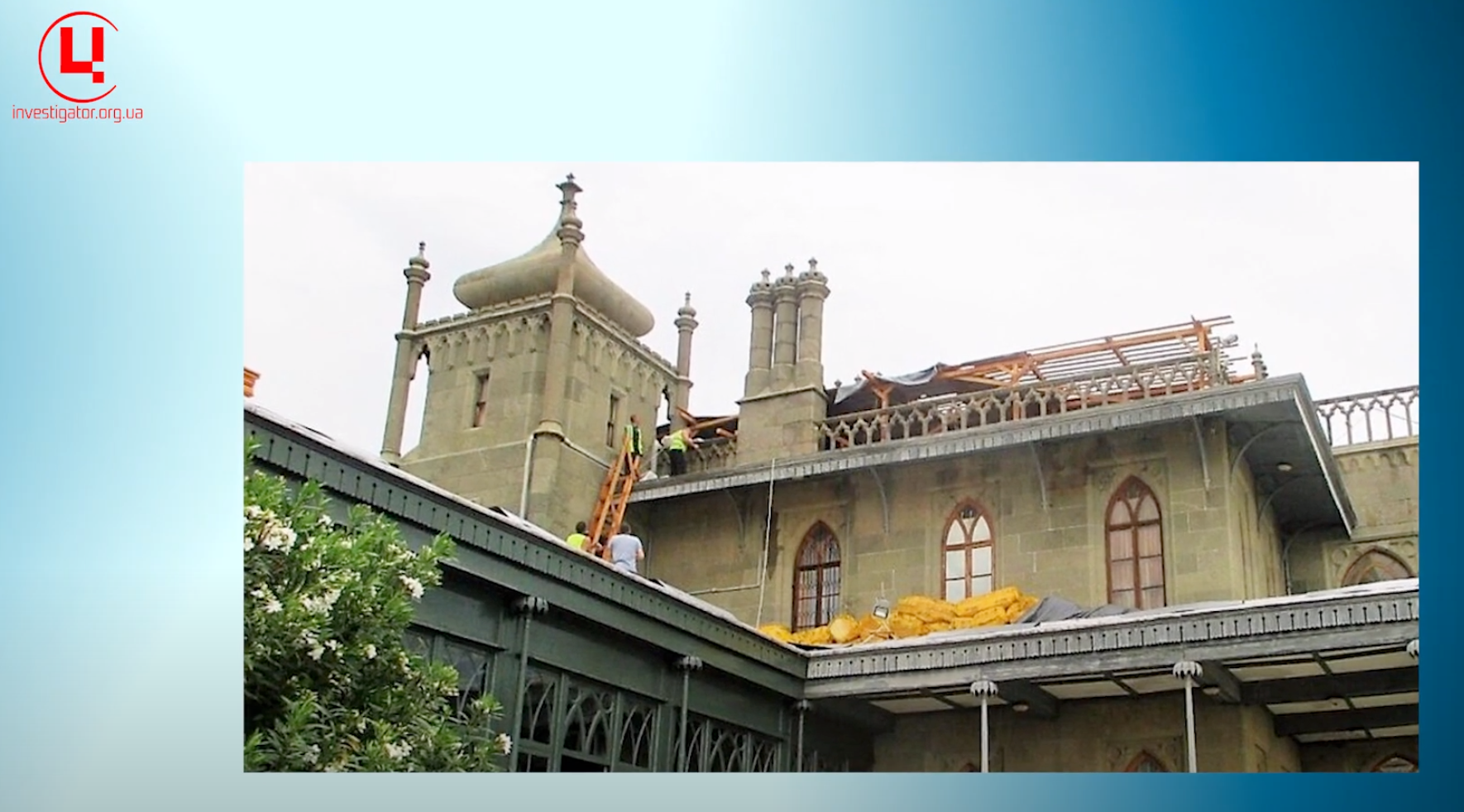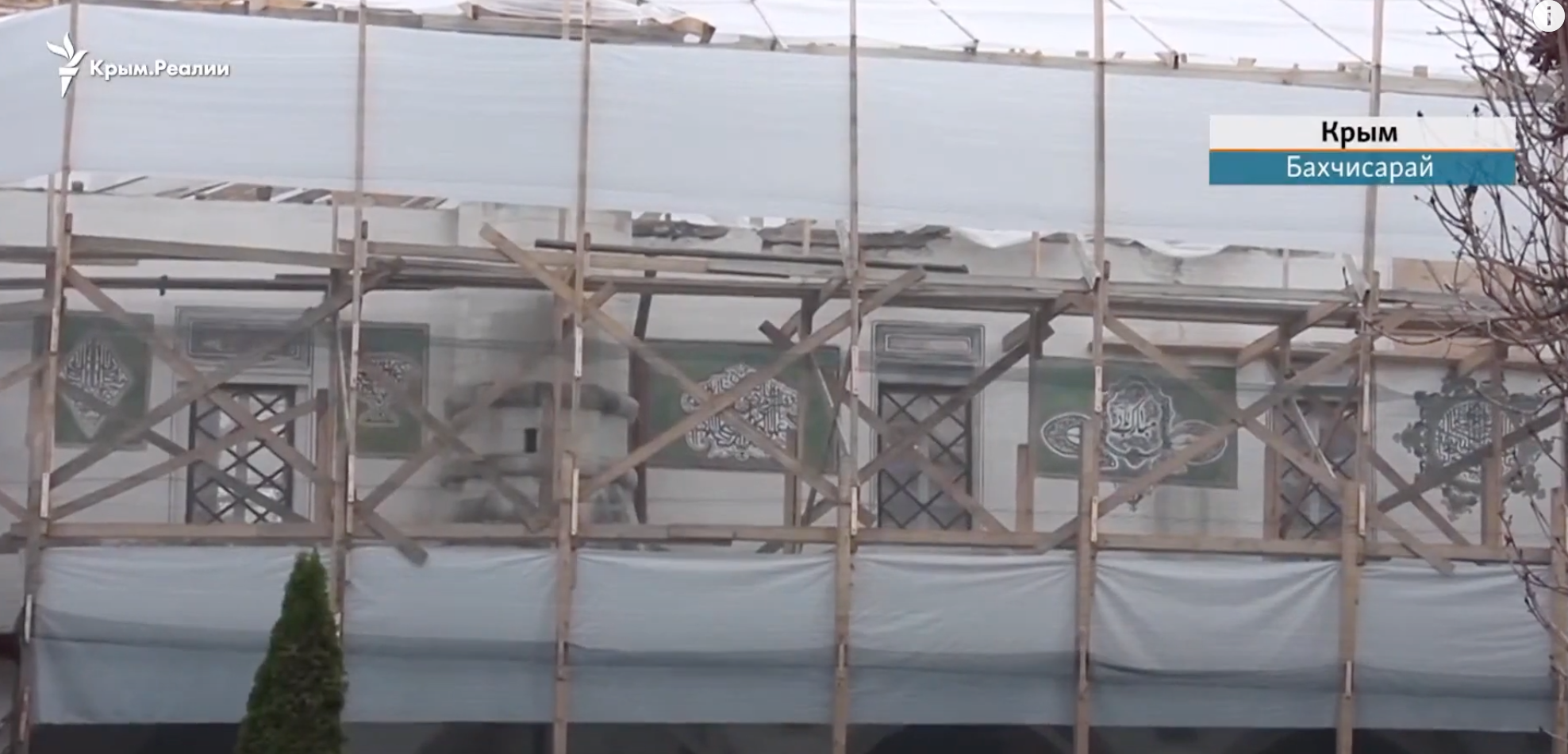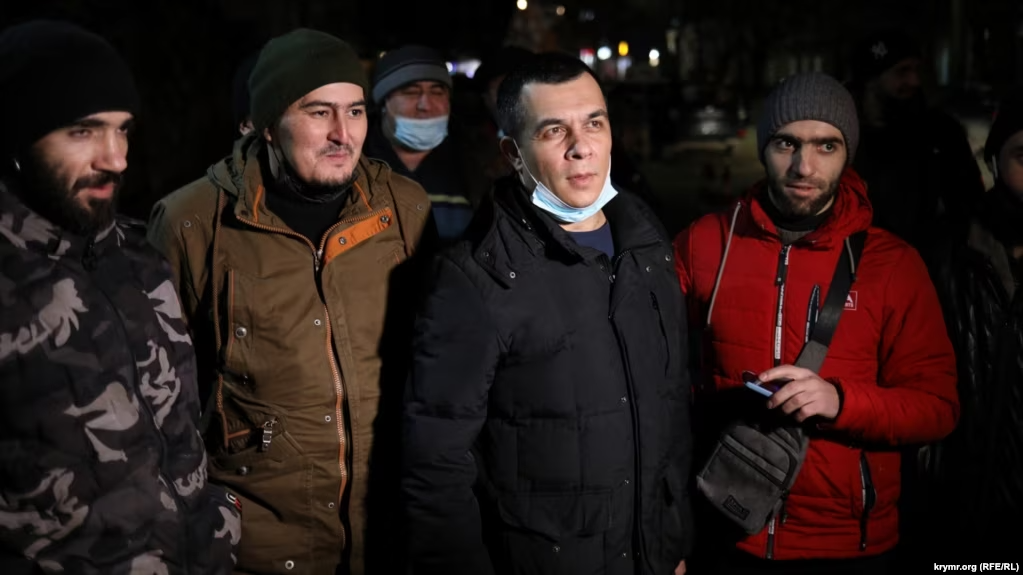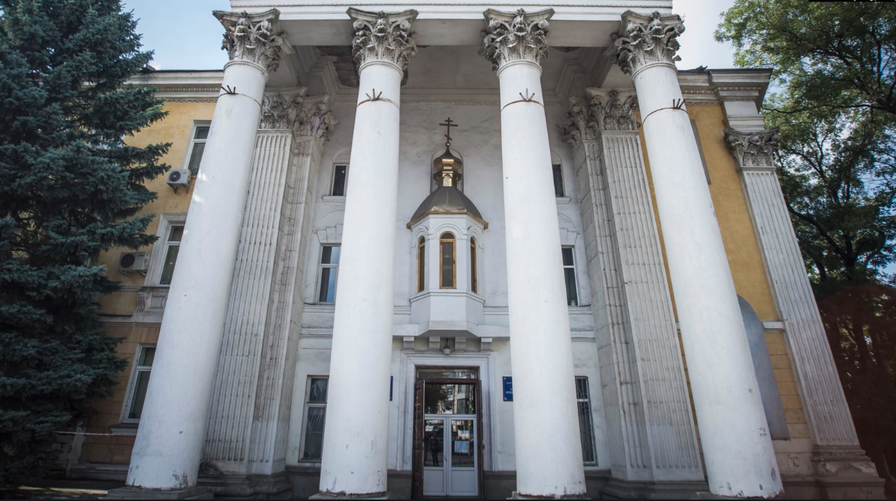Since 01/01/2015, the palace has been under the management of a newly created legal entity – the so-called State budgetary "Institution of the Republic of Crimea Bakhchysaray Historical, Cultural and Archaeological Museum and Reserve".
The permit for the so-called restoration was issued on 07/05/2017 (see the document in attachment)
In October 2017, work began on the territory of the palace, which the Russian sources refer to in a number of ways: "priority emergency response", "repair and restoration" or "reconstruction".
The Big Khan Mosque undoubtedly required restoration, which had to not only secure the appearance of the monument but also preserve its authenticity.
UkrNDIprojectrestavratsia, the institute that was preparing the mosque restoration project back in 2014, came to the following conclusions:
- out of 22 roof beams (9.5 m long), 3 were due for replacement and one for restoration, 4 more beams due for additional reinforcement with angle bars on top; and 1 cross beam (9.5 m long) due for replacement;
- out of 82 floor beams (6.5 m long), 3 were due for replacement, 4 beams due for restoration, and 6 beams were due for reinforcement with angle bars.
These findings were confirmed during examination of the ceiling in 2015 and during the installation works on a temporary support structure over the entrance to the mosque from the side of the Churuk-Su river.
However, the occupants decided to dismantle and rebuild the roof and to apply regular construction norms to the cultural heritage site right at the planning stage.
Instead of restoring the individual elements of the historic roof of the mosque, a decision was made to dismantle the roof completely (photo 6). This was done not by restoration professionals but by regular builders (photo 7) who used heavy equipment (photo 8) and jackhammers, causing vibrations and extensive damage to the mosque walls (photo 9). The study of the dismantled elements of the roof beam system, showed that there was no need for complete dismantling, because almost 95% of the system was in sound condition (photo 10).
The construction operator would later decide to use modern building materials and technologies, which is unacceptable in cultural heritage sites. Most importantly, composite materials were used for beam structures and concrete mortars with metal reinforcement (photo 11 photo 12). The ancient handicraft barrel tiles (traditionally known as "keramet" or "tatarka") were replaced by the Spanish factory-made monk and nun tiles in imitation of antiquity. Clay-base tiling technique was replaced with modern fasteners (see the expert opinion of the Center for Monument Studies).
The contractor made no structural analysis for the additional load on the walls caused by the new structures (new beam system, reinforced concrete horizontal bond beam, etc.). Structural analysis of this factor is an absolute must for the operator preparing a restoration project. The walls of the Big Khan Mosque were built in 1533, therefore, all former studies of the state of the foundation, walls, materials and mortars used in the construction process, estimation of the effect of additional loads, etc. were intended to show the possible variability of materials for the restoration work.
Medieval construction technology is very interesting. It combines specific local ancient building traditions with the new trends, contemporary to the epoch. For example, Crimea is a seismic zone, therefore, in order to avoid earthquake damage, oak beams and a mixture of clay and lime mortar were used for the horizontal bond frame, thereby stabilizing the walls. The modern version - a horizontal bond frame of reinforced concrete - is heavier and lacks plasticity to external impact.
All operations carried out in 2017 and 2018 certainly made the structure heavier, and the concrete sped up the erosion of the rubble masonry of the walls. This lead to serious deformations. The stained-glass windows were destroyed (photo 13), the walls were covered with cracks. A crack also appeared on the eastern minaret of the mosque (which had a slight tilt prior to the operations) (photo 14).
Things have got worse due to the fact that the roof was dismantled in the autumn and winter period of 2017 and 2018, while the structure of the monument was not protected from precipitation. Polyethylene coating did not meet the most basic protection requirements and moisture got inside (photo 15).
Another great loss was the damage to the murals on the southern and western facades of the building (originally made by master Omer in the 18th century). (photo 16).
Construction operations and exposure to mechanical impact caused cracks on some of the gravestones of the Khan cemetery (photo 17, photo 18).
This kind of "restoration" under the occupant rule ultimately violated the aesthetic integrity of the object, its singularity, authenticity and its original appearance.
 133 Richna str., Bakhchysaray, Autonomous Republic of Crimea, Ukraine
133 Richna str., Bakhchysaray, Autonomous Republic of Crimea, Ukraine
 2017-07-27
2017-07-27
